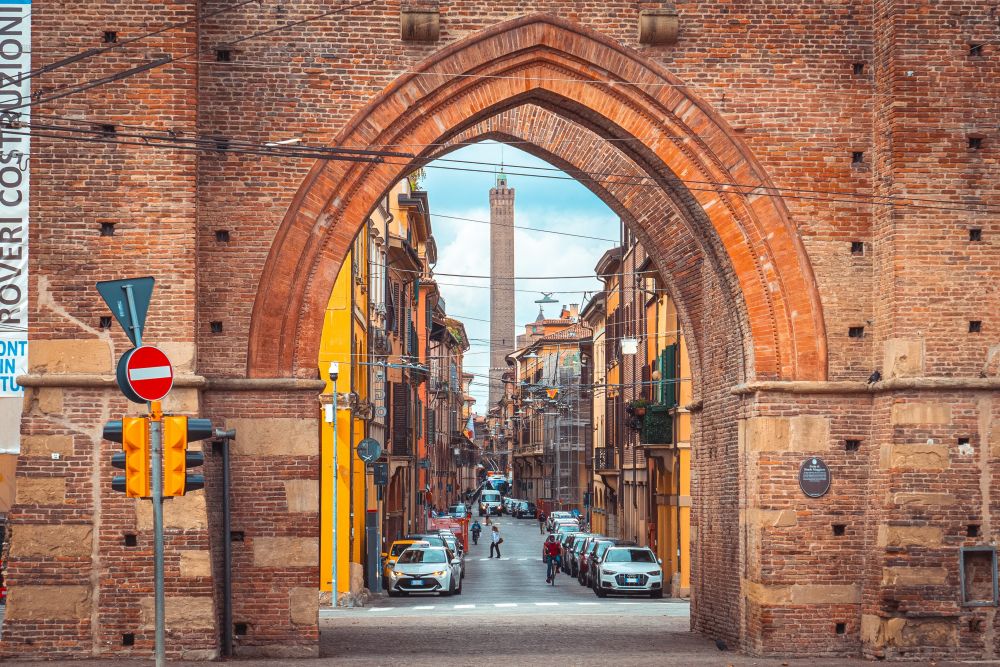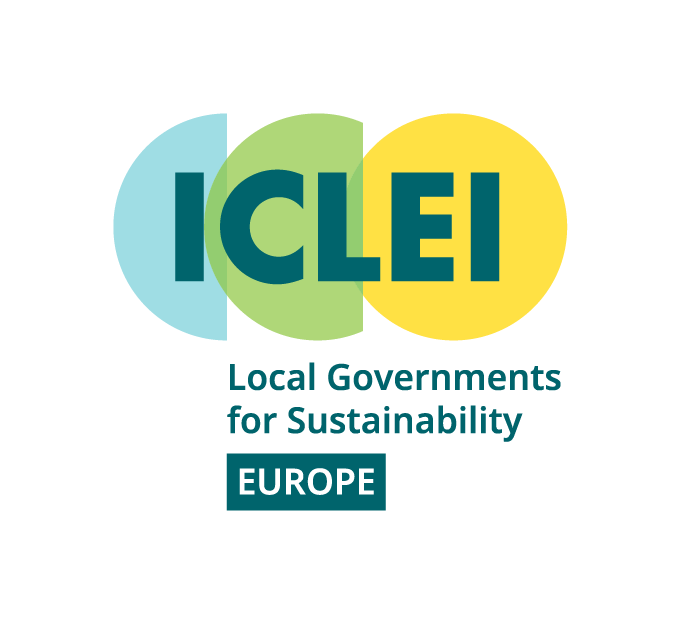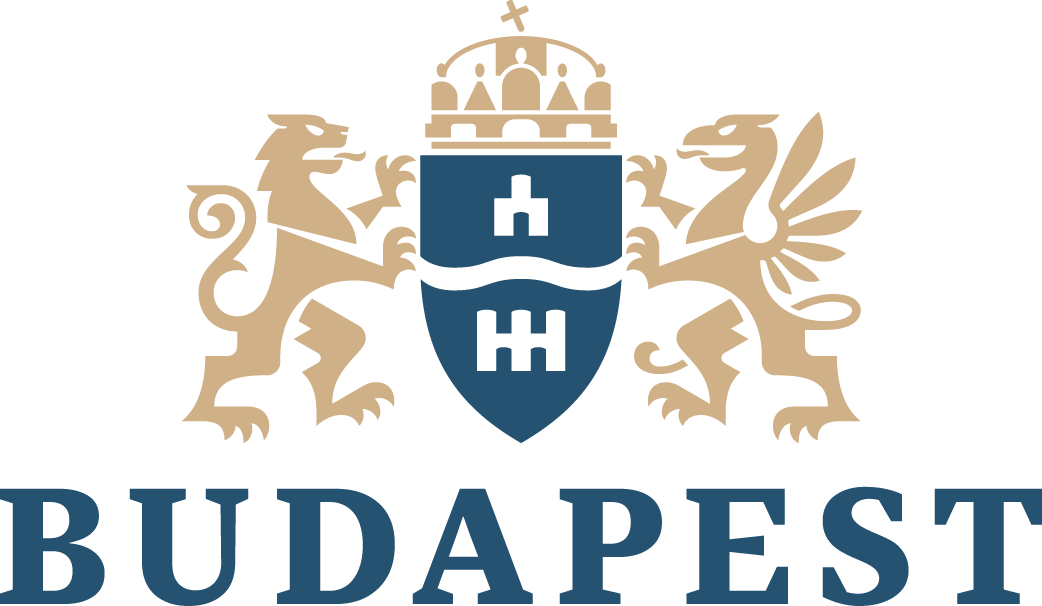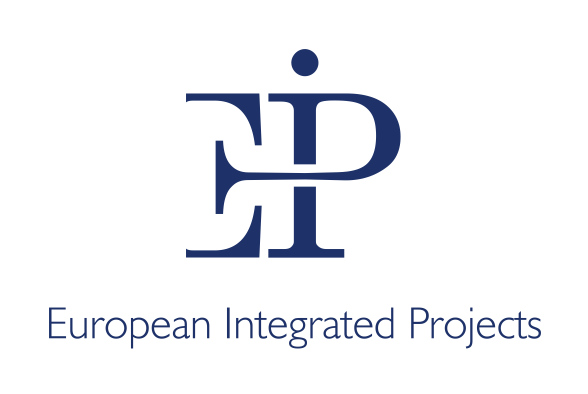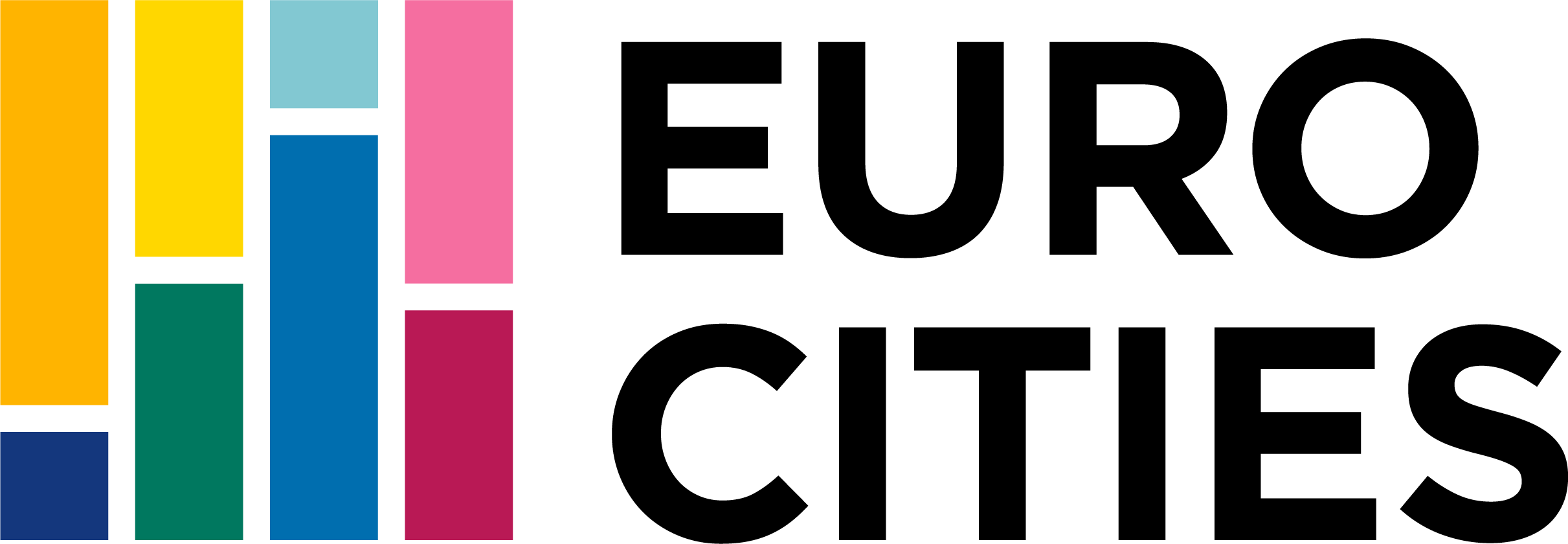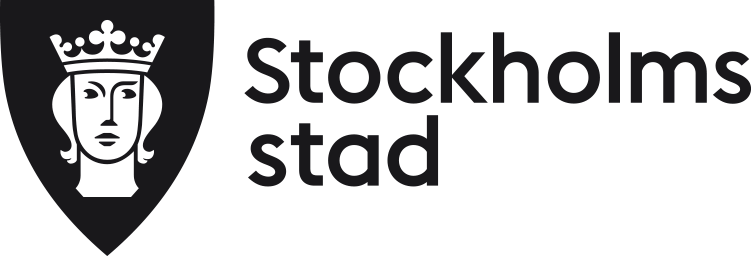
News
Meet the FastTrack Ambassador City, Bologna
21 October 2022
Written by Julia Culver, Project Manager at NOMISMA S.p.A; with editing and contributions by Anna Westervelt, Communications & Member Relations at ICLEI Europe
Insights into the City
The City of Bologna (population 391.382) is located at the centre of northern Italy’s Emilia-Romagna Region. Following the introduction of the “Metropolitan areas”, Bologna’s mayor now presides over a larger Metropolitan territory (population of 1 million) which extends from the flat plains of the Po valley to the foothills and Apennine mountains all the way to the border with Tuscany. Several of Italy’s main motorways (autostrade) and railways (ranging from high-speed trains to regional and local lines) intersect in Bologna and the city has a major international airport. Over the past decade, Bologna has become an important destination for tourists, who arrive by air, rail, bus, or private car, also gaining popularity as the starting point for major trekking routes across the Apennines.
Bologna’s economic system is characterised by a dynamic entrepreneurial fabric that has created excellences both in manufacturing and in services over the years. The skills and knowledge generated by the University of Bologna, other nearby universities, and various research institutions combined with local entrepreneurship have contributed to making the area a centre for important industrial groups, successful commercial brands and international research. Bologna is a major centre for information services and data analysis, leading the European Centre for Medium-Range Weather Forecasts (ECMWF) to select Bologna for its new Data Centre that hosts one of the 10 most powerful supercomputers in the world. The city has numerous co-operative organisations, a highly developed service sector, cultural and touristic attractions and a world-class trade fair organisation.
Besides its role as an important transport and logistics hub, Bologna is also known for its motor heritage. The Metropolitan area is at the heart of Emilia-Romagna’s “Motor Valley”—which stretches along the via Emilia and is home to iconic brands including Ducati, Lamborghini, Maserati and Ferrari as well as the Menarini bus company, founded more than a century ago, and the Imola motor racing track. This culture of “motors” now faces the challenge of embracing sustainability and undergoing a “green transformation”, as evidenced by new product launches such as the Ducati Moto-E (2023), electric SUVs and race cars, as well as electric and hydrogen fuel-cell buses. At the same time, citizens who are fully immersed in the “motor culture” need to shift their demand and mobility habits away from their cherished personal motor vehicles (including ever-popular motorbikes and scooters) to more sustainable modes.
There remains a sharp contrast between the level of economic activity in the urban communities along the via Emilia and those in the foothills and mountains. Yet in recent years these latter areas have become a testing ground for experimentation with sustainable agriculture and tourism and renewable energy models. The Bolognese Apennine territory has also benefited from investments in road infrastructure and rail services, such as the renovated Bologna-Porretta line. Indeed, the consultation process for Bologna’s Sustainable Urban Mobility Plan (SUMP) (adopted November 2019) was considered ground-breaking, since it was the first in Italy and one of the few in Europe to cover an entire metropolitan area, stretching from the Apennine mountains to the Po Plain. Since the initiation of the SUMP consultation process in 2016, thousands of people from associations, organisations, companies and informal citizen groups throughout the metropolitan area have contributed actively to the creation of the Plan, which has led to significant improvements to public transport outside of the main cities and towns in the territory.
Despite the availability of various modes of public transportation and suitability for walking and cycling, Bologna’s streets are frequently congested with traffic and air pollution is a significant health problem. Another issue is accessibility and social inclusion, since the city also has a large share of citizens aged 65+ (24.5% of the population in 2022!) as well as persons experiencing mobility limitations or cultural barriers who must navigate the urban territory. To address this situation, the city has implemented policies and investments to promote more sustainable mobility, in particular by managing and restricting traffic and by promoting the shifting of demand to public transport or cleaner modes of mobility, including electric and hybrid sharing options and promoting active mobility. This is why the City of Bologna was selected as the FastTrack Ambassador to lead the Traffic & Demand Management cluster.
Goals for Traffic and Demand Management
Guided by its SUMP and a General Urban Traffic Plan, Bologna aims to achieve three overarching goals:
- improve traffic flows and safety for vulnerable road users
- decrease transport costs and energy consumption
- reduce noise and air pollution
Achieving these goals requires a holistic approach that simultaneously reduces private car traffic, decarbonises public fleets, considers mobility across urban planning policies, strengthens transport services and infrastructure, promotes active mobility, and the take-up of new, smart mobility services that simultaneously address the needs of all users, including those with limitations.
Investing in such projects often takes time due to complex processes, and projects that are currently underway include those in public transport, such as new electric buses and the Marconi Express monorail between the airport and Central Train Station, as well as infrastructure such as the “tangenziale delle biciclette” (bicycle ring road) which have already been implemented, as well as the construction of a new tram, which will begin in 2023. Yet Bologna has also introduced actions that can be quickly implemented to push forward the sustainable mobility agenda, as foreseen in the FastTrack approach.
Various actions that have been introduced by the city include:
- limited traffic zones (LTZs), which in the past were based on residency and other access criteria, but recently also apply environmental criteria based on vehicle emission class to restrict motor vehicle access to the city centre
- environmental restrictions on circulation of older vehicles during certain days or times of day -- while less restrictive than those pertaining to the city centre, they apply to the entire municipal territory
- T-Days, where the central arteries through the urban centre are closed to motorised traffic
- limited parking zones, introducing parking fees for non-residents
- sharing services (bicycles and e-bikes, e-car sharing and carsharing)
- new bike lanes indicated by horizontal signage
- 30 km/h speed zones in the streets of many neighbourhoods
Furthermore, Bologna uses "rewarding mechanisms", such as the sustainable mobility bonus (up to €1000!) for citizens who opt to give up a private car. The city's SUMP also aims to reduce the construction of new car parking lots and roads, and to review parking fees to ensure they persuade citizens not to buy a second car. Another initiative which is foreseen in the SUMP and the General Urban Traffic Plan is the introduction of a low-emission zone called the 'Green Area', covering the entire built-up area (urbanised area) with electronic access controls, and becoming progressively more restrictive from year to year with the aim of encouraging the use of more sustainable mobility options.
Complementary to the above are citizen engagement actions such as the “Bicibike” and “Pedibike” initiatives to accompany children to their elementary schools, environmental and sustainability education, and tactical urbanism, which involves low-cost, rapid changes to the built environment, intended to improve local neighbourhoods and gathering places, and increase quality of life for non-car modes of transport. In a related development, the Bologna Local Police, which play a key role in enforcing mobility regulations, now uses the social media Twitter platform to communicate information with institutional purposes and of general interest to the community regarding city traffic, regulatory insights, and news affecting the city's mobility.
Indeed, getting more citizens to resort to active mobility (walking and cycling) is a key part of Bologna’s sustainable mobility strategy. This policy was inspired by the concept of the 15-minute city in which most daily necessities can be accomplished by either walking or cycling in 15 minutes. One of the unique characteristics of Bologna is that it literally embraces the green foothills of the Apennines, with a wealth of hill parks within easy reach of the city centre. Bologna’s political mandate for 2021-2026 LA GRANDE BOLOGNA PER NON LASCIARE INDIETRO NESSUNO proposes the Flagship Impronta Verde or Green Footprint strategy: "We want to ensure that every citizen can walk, bike or take public transportation to a large 'green lung' within 10 minutes".
All news
Partners

This website is produced as part of the CIVITAS FastTrack Coordination and Support Action funded by the European Union Horizon 2020 research and innovation programme under grant agreement No 101006853. The sole responsibility for the content of this website lies with the FastTrack project and in no way reflects the views of the European Union.
